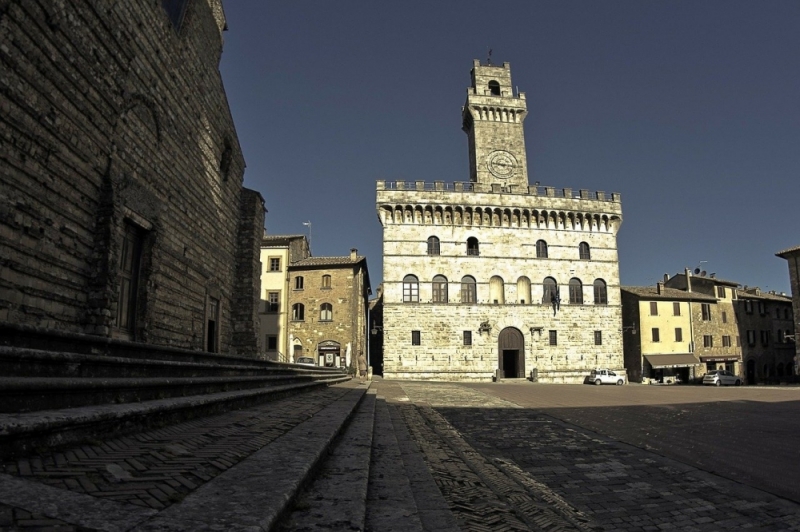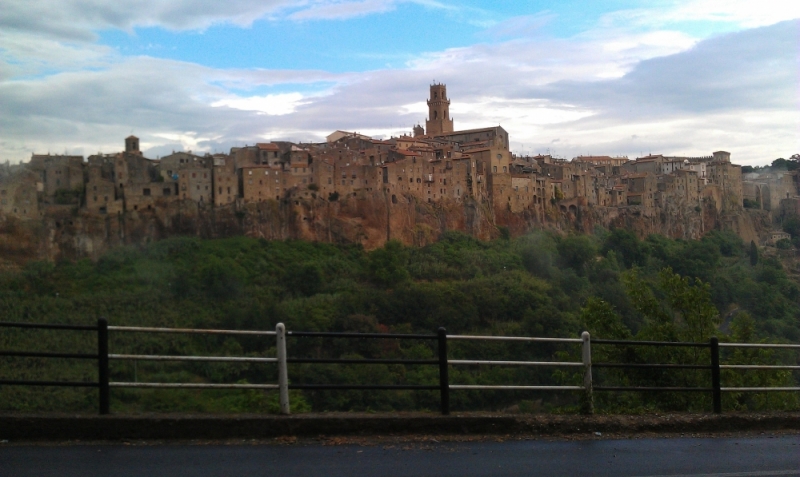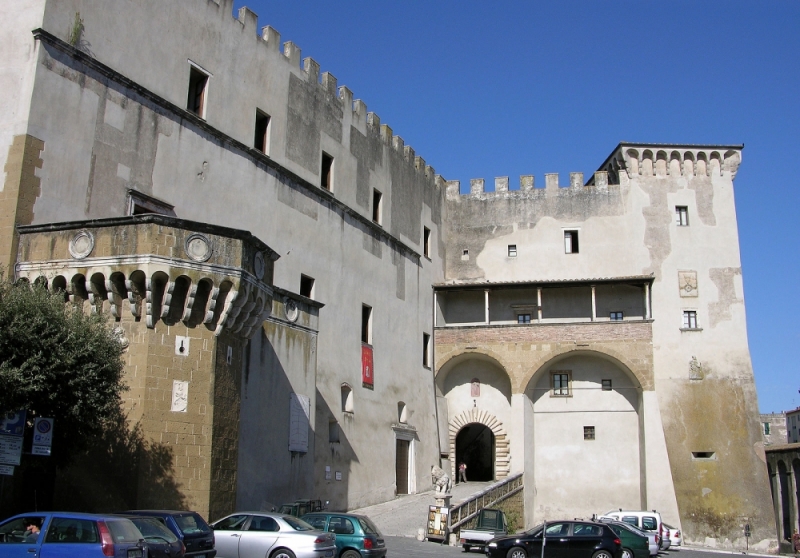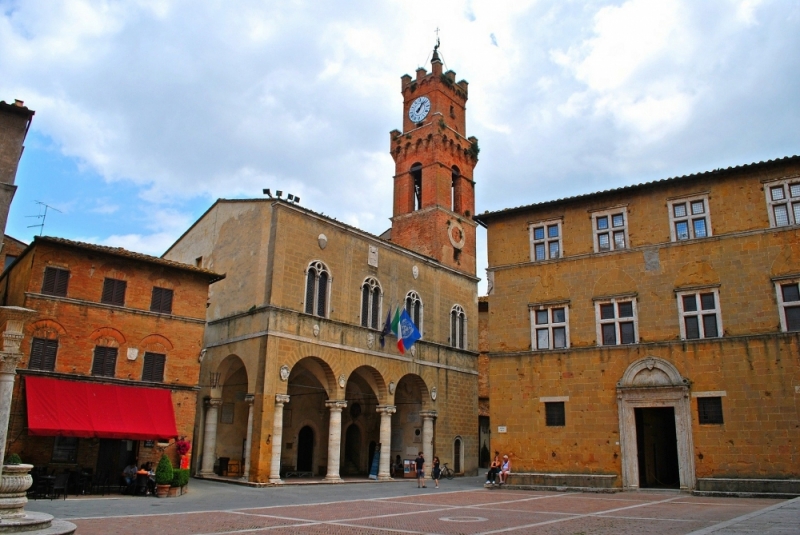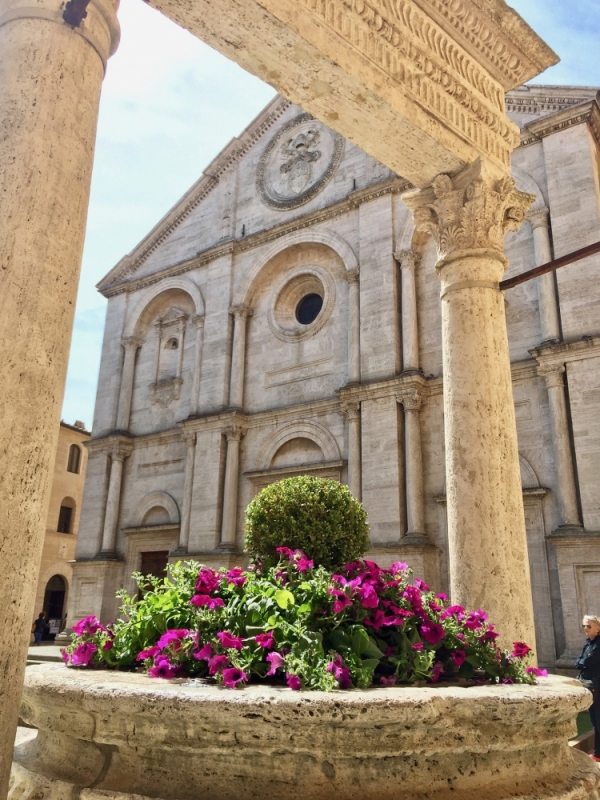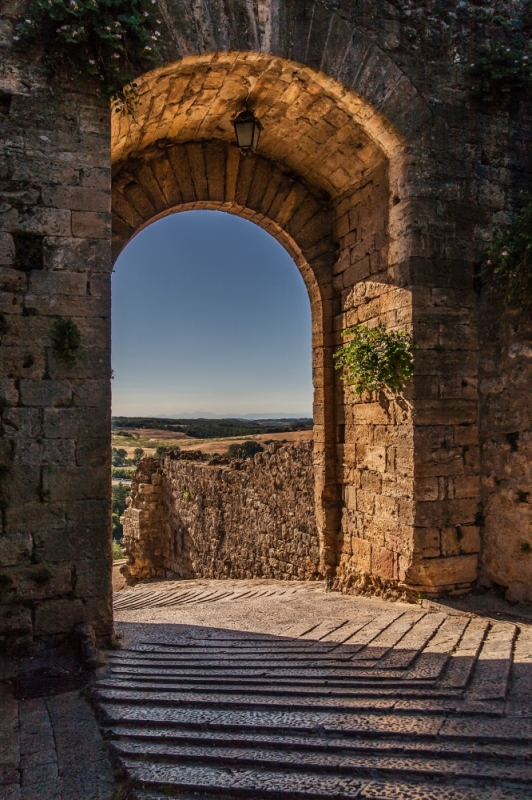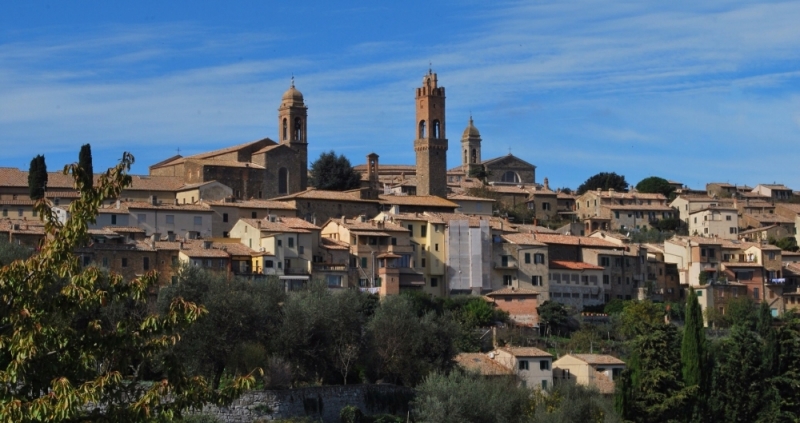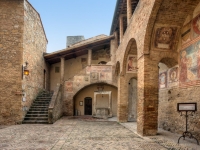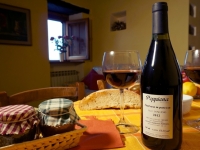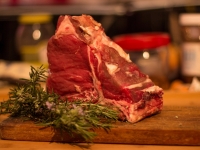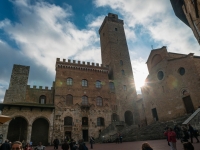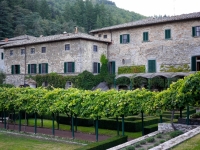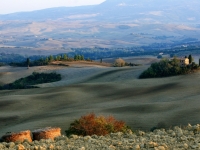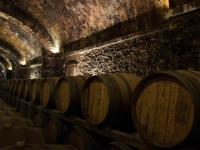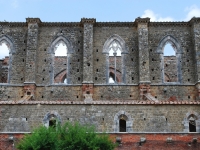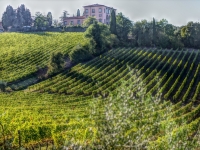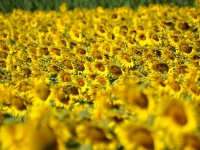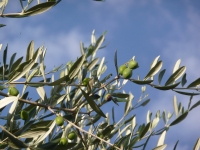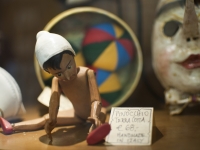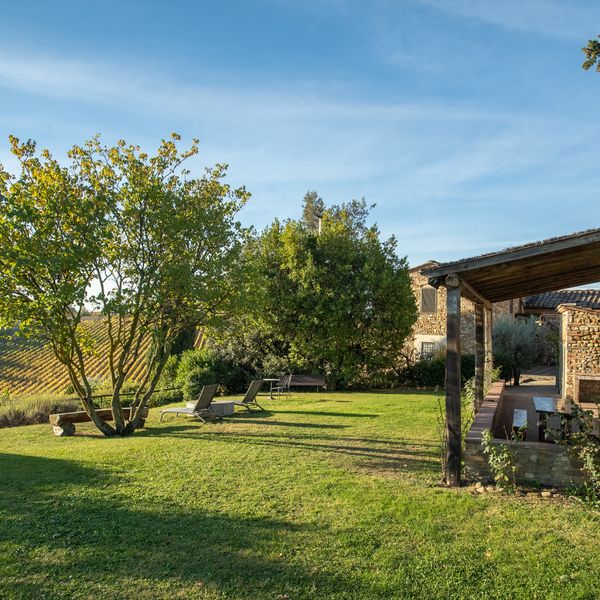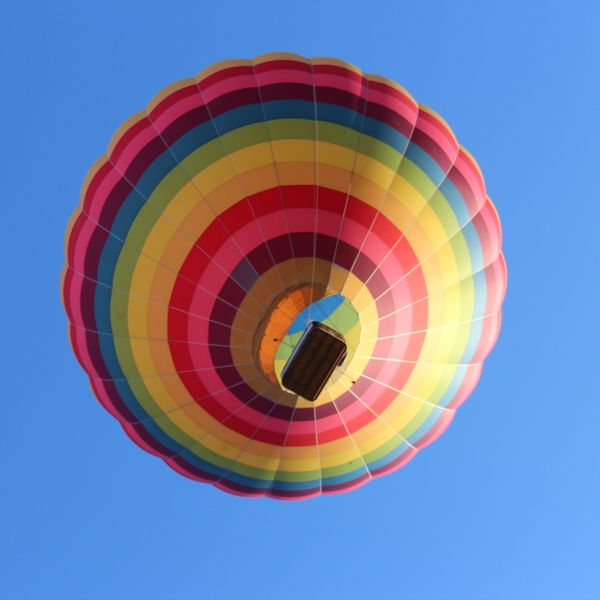Tuscany: The pearls of the oasis of Italy
Tuscany is dotted with many small, beautiful and precious villages. By visiting its characteristic villages, often perched on the mountains, you will breathe in a serene and convivial atmosphere and will be able to relive the past, from the Etruscans, through the Renaissance, up to the present day. Between walled cities and castles, don't miss a stop in the local taverns to try traditional Tuscan cuisine. Among rolling hills, small towns, architecture and a rich culinary and food and wine tradition, you will get to know the soul of this land.
Saint Gimignano
San Gimignano is an Italian town of about 8,000 inhabitants in the province of Siena, in Tuscany. Located at an altitude of about 320 meters above sea level, the historic center, among the most beautiful in Italy, has been declared a World Heritage Site. The origins of the city date back to the Etruscans, who had identified in the hill a strategic position from which to dominate the entire Val d'Elsa. Tradition has it that its name derives from the holy Bishop of Modena, San Gimignano, who intervened to successfully defend the city from the invasion of the Huns led by the mythical Attila.
The city of San Gimignano is famous for the large number of towers that dominate the historic center. The oldest tower is the " Torre Rognosa ", built at the beginning of the thirteenth century, while the highest one is the " Torre del Podestà " also called "Torre grossa" which stands 54 meters high. In Piazza del Duomo stands the collegiate basilica of Santa Maria Assunta, also known as the " Cathedral of San Gimignan or", built in Romanesque style around 1056, on whose walls and vaults it is possible to admire the works of various artists, including Lippo Memmi and Bartolo di Fresi. Do not miss the civic museum in the " Palazzo del Popolo ". In particular in the Dante room it is possible to admire “La maestà” by Lippo Memmi, while in the art gallery there are many works by Pinturicchio, Benozzo Gozzoli and Filippino Lippi.
Montepulciano
Montepulciano, whose denomination is made up of the words Monte and Policiano, Polciano or Pulciano of Latin origin (publicus) and prediale (which refers to land and rustic villages), is an Italian municipality in the province of Siena in Tuscany, of about 14,000 inhabitants. The municipality rises 600 meters above sea level between the Valdichiana and the Val d'Orcia. It was founded by the Etruscans around the fourth century BC. The inhabited center was conceived as a medieval S-shaped village, built around the fourteenth century within three circles of walls. The name of Montepulciano is famous all over the world for its vineyards and for the noble doc wine, considered among the world excellences of the Italian agro-food sector. The climate is mild and temperate even if, the presence of the Apennines and the simultaneous distance from the coastal areas determine a greater presence of humidity and, therefore, a consequent increase in atmospheric precipitation. In medieval times Montepulciano was the subject of contention between Florence and Siena for the control of the Valdichiana and the Val d'Orcia until 1232, when the Sienese managed to take possession of the city after razing the walls. The historic center stands on the sides of the main street which can be accessed, in the lower part, through the Gracciano gate , dating back to 1300, to reach Piazza Grande , the nerve and strategic point of the city. In the external part of the walls it is possible to admire the church of Sant'Agnese, from the original Gothic portal, the Medici fortress of Sangallo and, in fact, the port of Gracciano . Once past this gate the course of the city begins, formed by the consecutive of three segments of roads: Gracciano, dell'Opio and Voltaia. Proceeding on the main street, in Savonarola square stands the church of San Bernardo while, on the right side, you come across the Avignonesi del Vignola palace and numerous other Renaissance buildings, including Bucelli .
In via Gracciano you can admire the fifteenth-century church of Sant'Agostino , whose facade was conceived and designed by Michelozzo, inside which you can admire the works attributed to artists of the Renaissance period such as Giovanni di Paolo, Lorenzo di Credi, Antonio del Pollaiolo and a pupil of Pomarcio. In Piazza Michelozzo, however, stands the " Torre di Pulcinella ", so-called for the presence of the famous Neapolitan mask intent on marking time. The medieval village consists of a large series of palaces and historic buildings including the Palazzo Comunale , dating back to the 14th century , the Cantucci palace , begun in 1519 by Baldassarre da Sangallo the elder and completed by Baldassarre Peruzzi, the Nobili-Tarugi palace , covered in travertine and, a little further away, the palace of the Captain of the people, in front of which stands the well of griffins and lions. The nerve center of the city consists of Piazza Grande , the final destination of this fascinating cultural itinerary capable of projecting you into a remote past rich in history and art. A dip in the past with the landing in a square that can welcome tourists and locals as a refreshment point. In summer, then, this square comes to life when it hosts the competitors of the Bravìo delle Botti, a popular event in which, the representatives of the eight police districts, challenge each other by pushing big barrels for the entire village. To the south of the square stands the unfinished facade of the cathedral, the Cathedral of Santa Maria Assunta, in Renaissance architectural style, built between 1586 and 1680 by the Orvieto architect Ippolito Scalza. Inside there are works of art of considerable workmanship, such as the monumental "Triptych of the Assumption" placed on the high altar and painted by Taddeo di Bartolo in 1401, the "Madonna and Child" by Sano di Pietro, and the statue lying by Bartolomeo Agazzi, poet and secretary of Martino V, sculpted by Michelozzo in a block of Carrara marble. Just outside the Borgo di Montepulciano it is possible to admire the Temple of San Biagio which is a masterpiece of Italian Renaissance architecture. Built between 1518 and 1548 on a design by Antonio da Sangallo the Elder, who took the basilica of Santa Maria delle Carceri in Prato as a model, built on a centralized Greek cross plan taken from Brunelleschi. The church and the adjacent rectory were built in travertine blocks taken from the nearby quarries of Sant'Albino. You can still admire a fresco of the Madonna on the throne with the Child, called the Madonna di San Biagio, dating back to the Sienese fourteenth century. In which 1518 miraculous powers were attributed to this fresco: this was how the new temple project was born, also supported by Pope Leo X. The dome was built between 1543 and 1545, the first bell tower was completed in 1564.
Pitigliano
Pitigliano is an Italian town in the province of Grosseto, in Tuscany, of Etruscan origin of just under 4,000 inhabitants, known as "little Jerusalem" for the presence of a small synagogue, a Jewish community well integrated into the social fabric and a Jewish cemetery, built in the second half of the sixteenth century, a period in which the Orsini family gave land under their ownership to the family doctor, who needed to bury the body of his deceased wife. Pitignano rises almost suspended on a suggestive tuff cliff at 300 meters above sea level, which reaches 663 meters in altitude in Poggio Evangelista. It is considered one of the most beautiful and fascinating villages by the National Association of Municipalities of Italy, from which it is sponsored, and is a renowned tourist resort for the particularity of its historic center, for the enchanted atmosphere of the village, perceptible especially at night , and for the variety of itinerant itineraries proposed between sport, nature, art, folklore, archeology, which the eno-gastronomic excellences of the territory can even strengthen and sublimate. The village is full of churches, palaces and castles worthy of being visited. Among the churches, the Cathedral of Saints Peter and Paul stands out, also called Pitignano Cathedral , built in Baroque style in the Middle Ages, containing two works by the painter Pietro Aldi: "Arrigo IV in Canossa" and "The predestination of the young Ildebrando"; the church of Santa Maria Assunta located in Piazza Dante in the neo-Romanesque style of the nineteenth century; the sanctuary of the Madonna delle Grazie, born in the fourteenth century as a rural chapel and subsequently transformed into a sanctuary during the sixteenth century in honor of the Virgin.
Many of its buildings deserve to be visited such as the Palazzo degli Orsini, built as a stronghold by the Aldobrandeschi between the eleventh and twelfth centuries and then renovated at the behest of Niccolò Orsini who transformed it into a fortified residence. The palace houses the diocesan museum full of medieval and Renaissance works of art, the civic archaeological museum , where exhibits from the various archaeological areas in the area are exhibited, and also the municipal library Francesco Zuccarelli. The town hall is housed in the town hall, built in the neo-Renaissance style between 1934 and 1939. The city theater, the Savini Theater, was built in 1823 on the site where an ancient barn once stood. Also worth mentioning is the Sadun palace, also known as the "palace of the Jews". Among the fountains, characteristic is the "fountain of the seven spouts" located in Piazza della Repubblica, in whose ends there are also the so-called "twin fountains". The " Castle of the eagle ", a medieval fortification of which the ruins are preserved, and the " Castle of Morrano" dating back to the 9th century, built in the Morranaccio area, should also be visited. Anyone visiting the village on the day of San Giuseppe, on March 19th, cannot miss the " Torciata di San Giuseppe ", the traditional Pitigliano festival staged to celebrate the arrival of spring. On this day of the year a long procession of people in medieval clothes invades the historic center to reach Piazza Garibaldi. Here you can watch the flag wavers and, at sunset, you are absorbed by the crackle of the fire hung on a pile of bundles, on which burns a cane puppet called "invernoacciu" which, in popular tradition, symbolizes the astronomical end of winter . The territory of Pitignano is rich in archaeological sites such as the necropolises of the " Gradone ", San Giovanni and San Giuseppe, the settlement of the " Morronaccio ", dating back to the Bronze Age ", and the" Poggio del Buco ", in the whose area was the ancient and flourishing Etruscan city of Statonia.
Pienza
Pienza is a small village of just over 2,000 inhabitants in the province of Siena, in Tuscany. It rises in a hilly area at 491 meters above sea level, in the beautiful Val d'Orcia , south of Siena, among verdant hills and breathtaking views. It is a few kilometers away from another renowned Tuscan village: Montepulciano. Pienza was conceived and wanted by the great humanist Enea Silvio Piccolomini, who later became Pope Pius II, who wanted to realize a great and utopian Renaissance dream consisting of the creation of an ideal city capable of generating perfect harmony between man and nature. Just as man elevates nature through spirit, the same spirit is able to elevate man through nature. The word Pienza, in honor and in memory of its creator, is the contraction of the expression "the city of Pio". The great Pope Pius II managed to realize his dream by transforming the small village of Corsignano into the ideal city. It is one of those rare cases in which utopia turns into reality, that is, into something tangible: a dream come true with a titanic undertaking, to achieve which Enea Silvio Piccolomini made use of the work, the planning and the genius by one of the greatest architects of the Renaissance: Leon Battista Alberti. The place identified by Pope Pius II possessed the requisites suitable for the creation of the "ideal city"; the climate, the green valleys, the landscape, the quiet, the nature, the presence of water, the fertility of the soil and the small size, on a human scale, of the building areas.
In 1996 Pienza was included in the list of cities that are part of the UNESCO heritage . Rich in history, as well as indisputable charm, Pienza has many buildings that are worth visiting. Among these we must mention: The Cathedral or the Cathedral of Santa Maria of the Assumption which stands in Piazza Pio II, where there are the works of Matteo de Giovanni (Madonna and Child with Saints) and Lorenzo Di Pietro known as Il Vecchietta (Assumption of the Virgin); the church of San Francesco , located in the historic center, where the frescoes of some 14th century artists such as Cristoforo di Bindoccio and Meo di Pietro are preserved; the monastery of Sant'Anna in Camprena; the church of San Bernardino in Castelluccio di Pienza and the church of Misericordia . Among the palaces we must mention: the municipal building located in Piazza Pio II in front of the Duomo, the Bishop's palace and the Piccolomini palace or papal palace, so-called because it was used by the pope himself as a personal residence. From a gastronomic point of view, Pienza is known as the city of cheese. Pecorino di Pienza, in fact, is a renowned cheese, highly appreciated in the realization of local delicacies such as, for example, in the different interpretations of "cacio e pepe". Also not to be missed is the traditional “cacio fair” held in September. During this event, in addition to the free tasting of pecorino, it is also possible to attend the " Palio del cacio fuso ", where the representatives of the various districts of the country, challenge each other by rolling whole forms of pecorino cheese around a small spindle of wood placed in the center of the main square.
Monteriggioni
Monteriggioni is a characteristic village of about 9,921 inhabitants in the province of Siena, located on top of a hill full of vineyards and olive trees and, inside, the defensive walls and watchtowers dating back to the thirteenth century are preserved. The village was conceived as a fortification to defend the local population from frequent raids, in a strategic position for the control of the so-called via Francigena and the valleys of Elsa and Staggia in the direction of Florence, the historic and bitter rival of Siena. The wall of the village, elliptical in shape, measures approximately 570 meters and has two access doors and fifteen towers. The main gate is the Franca or Romea gate , equipped with a heavy gate which was lowered in case of danger. However, the possible presence of a moat around the city walls with its drawbridge is uncertain. Precisely because the village is part of the Via Francigena route by the Council of Europe, Monteriggioni is part of the cultural and historical itineraries recommended by all the tourist guides. Dante Alighieri was so surprised by the imposingness of these towers that he used his imposing shapes to describe Nembrotto, Fialte and Anteo, the huge giants that were in the chasm of Malebolge. Walking through the village, you will find many craft shops, typical restaurants and houses where locals live. Piazza Roma is the place where both locals and tourists gather, to have a coffee or enjoy local dishes. The Pieve di Santa Maria Assunta overlooks the square, a small church that has always represented the center of life in the village, built in a single nave with a bell tower dating back to the seventeenth century. In Monteriggioni there are still 14 intact towers that served as lookouts against the attackers and, to date, it is possible to visit them. If you visit the village in July, don't miss the "Monteriggioni di torri si Corona", where you can relive the medieval spirit.
Montalcino the city of Brunello
South of Siena there is a characteristic medieval village, almost fairytale, protected by a historic wall and dominated by a castle with a perfect architectural structure. Montalcino is a characteristic city, immersed in the landscape of the Val'Orcia Natural Park, known all over the world for the production of the precious Brunello di Montalcino. This village, dating back to the 16th century, has remained almost intact. Once you reach the top where Montalcino stands, you will be captured by a series of hills full of colorful flowers, ancient oaks, olive trees and country roads that pass through particular vineyards. Brunello was made famous by the city, one of the most appreciated Italian wines in the world, invented in 1888 by Ferruccio Biondi Santi. According to tradition, before being drunk, Brunello must age for a minimum of 5 years, 2 of which in oak barrels, while Rosso di Montalcino needs to age only one year. Among the best known wine producers, there are Biondi-Santi, Schidione and Banfi.Montalcino is a village renowned not only for its wine, but also for its art and culture. In the historic center there is a mighty fortress, built in 1361 to represent the passage of the city under the dominion of Siena. From the ramparts of the fortress, you can enjoy a spectacular panorama. To date, this fortress which has remained intact since the Middle Ages, hosts numerous events, such as the Jazz & Wine Festival. Not to be missed is the Tower of the Palazzo dei Priori , which overlooks Piazza del Popolo, the main square of the city. The Padelletti winery is also worth a visit, one of the oldest in the city, where you can learn about the history of wines and understand how they are produced. If instead you want to immerse yourself in art, visit the Civic and Diocesan Museum of Sacred Art , where religious paintings and sculptures are kept and the Glass Museum, where you can retrace the history of the birth of glass. Walking through the alleys of Montalcino, you will experience an atmosphere of the past, made of shops, cafes, restaurants and wine bars.
Not far from Montalcino, the Abbey of Sant'Antimo , a beautiful and evocative Romanesque abbey dating back to the XII century, is worth a visit. Along the way you can enjoy the Tuscan countryside with beautiful vineyards, olive groves, green hills, wheat fields. Legend has it that it was founded by Charlemagne in 781 who stopped here, returning from Rome, because the soldiers were plagued by an unknown plague. An angel appeared to Charlemagne, telling him to make his soldiers drink an infusion prepared with a local herb. The cure worked and the king, grateful, decided to build the church as a sign of thanks. The atmosphere is solemn, typical of the Middle Ages. During the mass you can listen to the mystical Gregorian chants sung by French monks in long white robes! A beautiful place, with a solemn and ancient atmosphere, surrounded by the beauty and uniqueness of the Tuscan countryside.
Buonconvento
Those who pass through Siena take the Cassia, which leads to the Val d'Orcia, sees the village of Buonconvento appear like a mirage. Once you cross the threshold, the enchantment is strong before your eyes. You enter the village from the two main doors and you are catapulted into a magical atmosphere, into an ancient world. Stone houses, flowered balconies and arches are the soul of Buonconvento. As far as you can turn, you are always in "Via Soccini", the main street of the village. On the street, the “Podestà's palace with the civic tower” is immediately striking. Tourists are attracted by the two Gothic arches and the 25 coats of arms, which are the most photographed subject of the village. The main religious building is the Church of SS. Pietro e Paolo, famous for being the death place of Emperor Arrigo VII in 1313. Its bowels are preserved under the altar of Sant'Antonio which is located in the church itself. The small "museum of sacred art of Buonconvento is worth a visit." It is one of the most important museums in Tuscany because it houses masterpieces linked to the territory. There are also goldsmiths and rich textile hangings and the building has very important Art Nouveau decorations.
Buonconvento is also famous for its events, such as the "carnival," with the parade of allegorical floats, still famous is the threshing under the walls: it is the historical re-enactment of the threshing of peasants with 60 figures in costumes. In the third and fourth week of August there is also the Festival of the Crete Senesi, with concerts and circus performances represented in suggestive places. In Buonconvento we are in the territory of the queen of meats, the Chianina. Among the traditional desserts there are: cantucci, ricciarelli, panforte and amaretti. A small local company run by two women, produces excellent ones and ships them all over the world. Therefore, those who pass through Buonconvento cannot fail to buy them.
Entertainment
Tuscany in addition to its artistic beauties, offers numerous activities to do, such as renting a bike and exploring the landscapes of Chianti, or perhaps taking part in a wine course and tasting the best wines of the region such as, Brunello, Rosso di Montepulciano, Vernaccia di San Gimignano or the famous Chianti. For lovers of good food, it is also possible to take cooking lessons, to learn how to cook local products and then taste them, or even explore its countryside and get lost in its smells and colors. Certainly, a stage that must not be renounced is the Saturnia Natural Baths . Here the warm waters - which you can use for free - are known as the "Cascate del Mulino" and are located less than 6 km from the city of Saturnia. The waters gush out at a temperature of 37.5 ° C and have therapeutic and relaxing properties. They are rich in mineral deposits, especially sulphurous, with a slightly annoying "egg" smell. Considering the scenic beauty, its charming medieval villages and its great food and wine tradition, it is not surprising that Tuscany is one of the regions preferred by cycle tourists from all over the world. Tuscany, in fact, has numerous areas to discover and explore, including the Chianti area, the Sienese and Crete area and the Val d'Orcia. It is also possible to explore the Vernaccia, Chianti, Nobile and Brunello vineyards by bike. The best months to visit Tuscany are April, May, early June, September and October. In addition, for those traveling with children, in Tuscany there are numerous equipped cycle paths.
Climate, tips and curiosities
Climate: the climate of Tuscany has different characteristics that vary from area to area, being influenced by the sea that bathes the region in the west and by the Apennine ridge that delimits the territory in the north and east. The coastal strip has a typically Mediterranean climate, while the hinterland has a continental climate and temperature changes occur. The average temperature in January is between 4 and 7 ° C, while in July it is between 24 ° C and 26 ° C.
Curiosity: Pinocchio is of Tuscan origin. Although many associate it with the 1940 Disney film, it was Carlo Collodi, a Florentine writer, who wrote the story in 1826.
Tips: to fully experience the beauty of Tuscany, we recommend you to stay in the fascinating Tuscan countryside, where numerous villas and farmhouses have been transformed into hotels and B & Bs.



